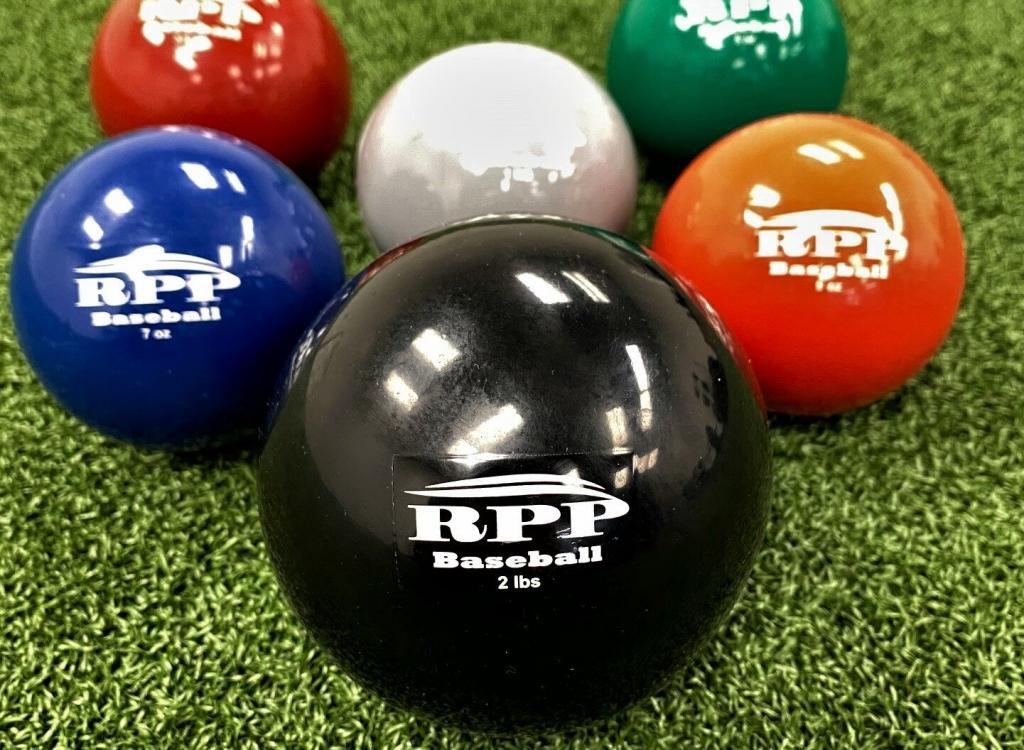
As we discussed in a prior article titled “4 Ways the RoboUmps Will Affect the Catcher Position“, with the introduction of all the new tech, Major League Baseball is in a constant state of fluidity. Although such changes may not directly impact younger ball players immediately, it’s only a matter of time before they trickle down, and the catching position is no exception. Below are 4 major topics and adjustments that the next generation of catchers will need to prepare for, in this new world of tech-driven baseball. Continue reading “4 Adjustments for the Next-Generation of Catchers”









